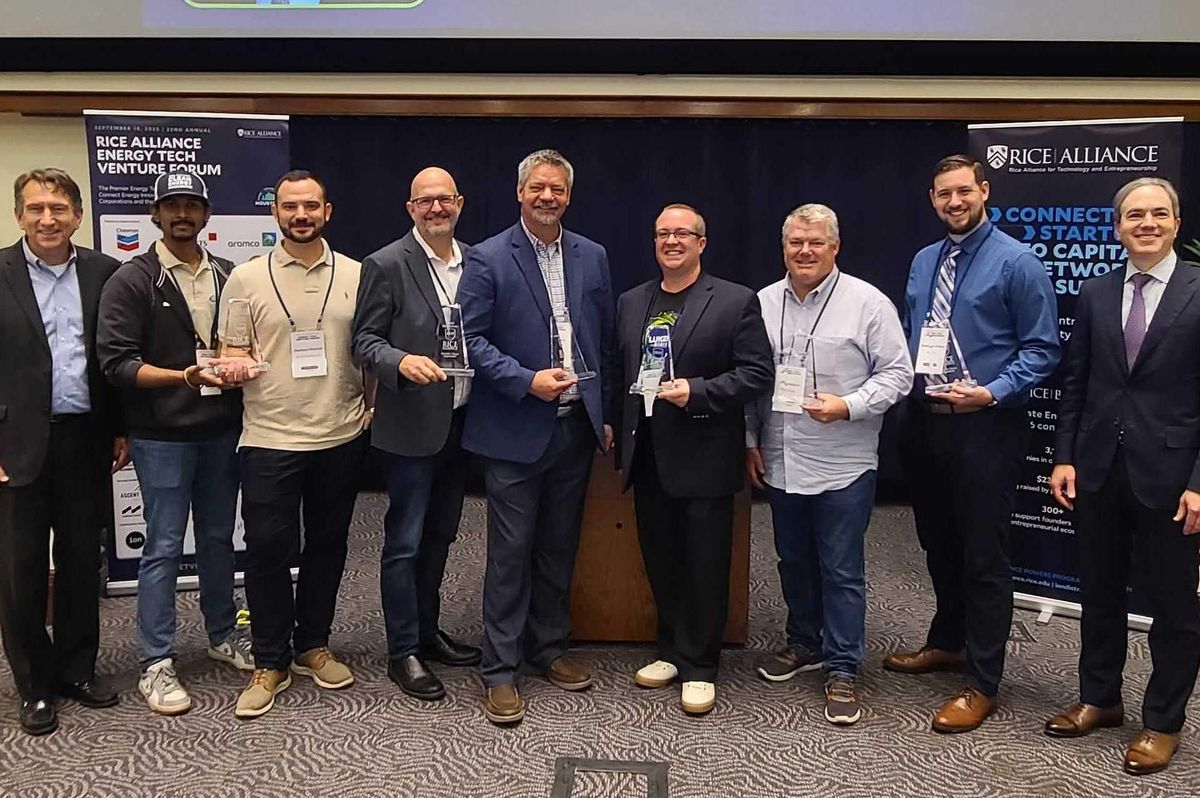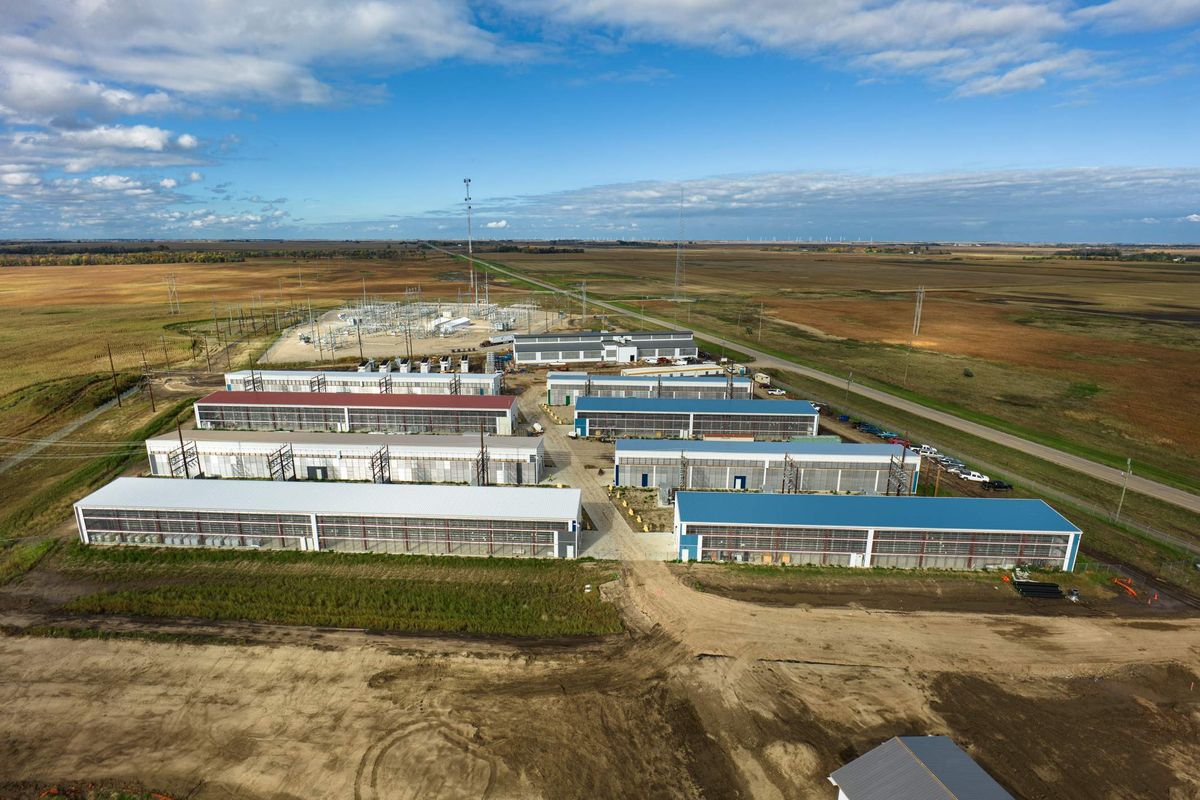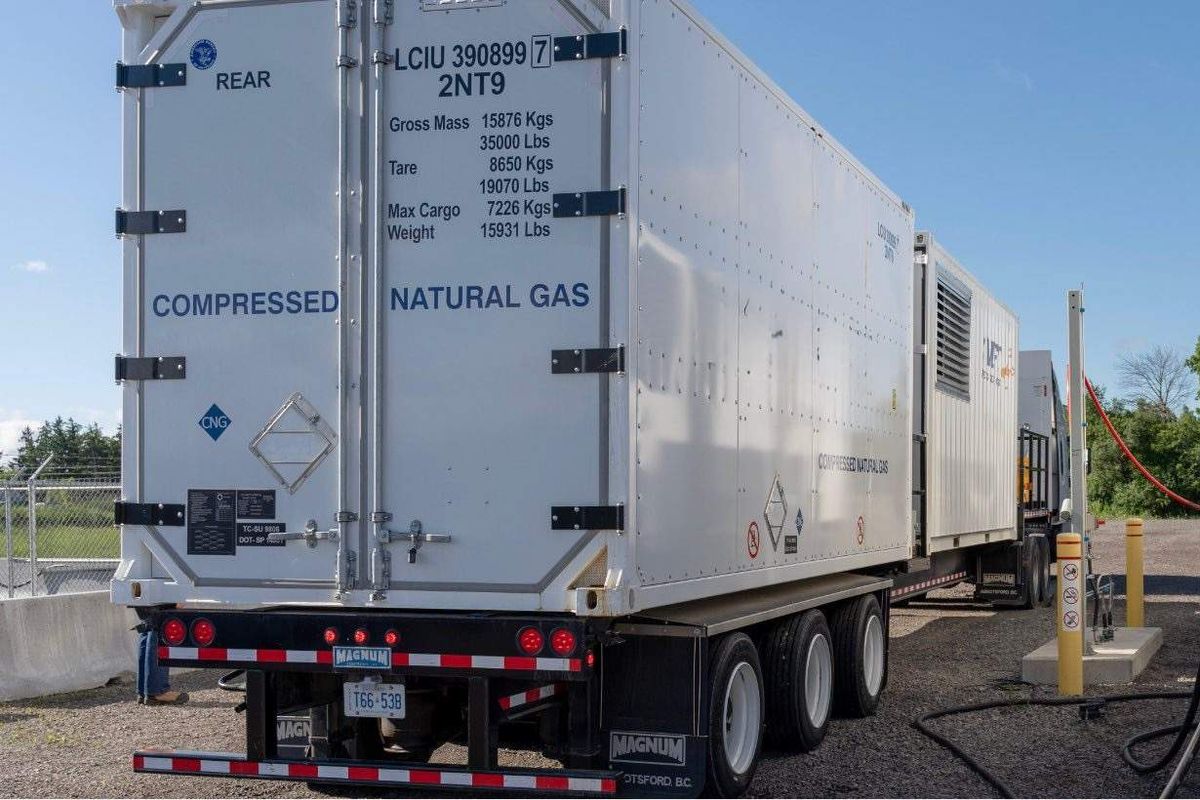Houston grid's $2.9 billion upgrade tops energy news to know
Trending Topics
Editor's note: It's time to look back at the top energy transition news in recent weeks. Here are the five most-read EnergyCapitalHTX stories from November 16-30:
1. CenterPoint gets go-ahead for $2.9B upgrade of Houston grid

CenterPoint customers in the Houston area will pay an extra $1 a month to cover costs of the recently approved $2.9 billion resiliency plan starting next year. Photo via centerpointenergy.com
Texas utility regulators have given the green light for Houston-based CenterPoint Energy to spend $2.9 billion on strengthening its Houston-area electric grid to better withstand extreme weather. The cost of the plan is nearly $3 billion below what CenterPoint initially proposed to the Public Utility Commission of Texas. Continue reading.
2. Houston company wins contract to operate South Texas wind farm

Houston-based CAMS will operate the Mesteño Wind Project, which is home to one of the tallest wind turbine installations in the U.S. Photo via Unsplash.
Houston-based Consolidated Asset Management Services (CAMS), which provides services for owners of energy infrastructure, has added the owner of a South Texas wind power project to its customer list. The new customer, InfraRed Capital Partners, owns the 202-megawatt Mesteño Wind Project in the Rio Grande Valley. Continue reading.
3. Google's $40B investment in Texas data centers includes energy infrastructure

Google is investing in Texas. Courtesy of Google
Google is investing a huge chunk of money in Texas: According to a release, the company will invest $40 billion on cloud and artificial intelligence (AI) infrastructure, with the development of new data centers in Armstrong and Haskell counties. The company announced its intentions at a meeting on November 14 attended by federal, state, and local leaders including Gov. Greg Abbott who called it "a Texas-sized investment." Continue reading.
4. Chevron and ExxonMobil feed the need for gas-powered data centers

Chevron plans to launch its first AI data center power project in West Texas in 2027. Photo via Chevron.com
Two of the Houston area’s oil and gas goliaths, Chevron and ExxonMobil, are duking it out in the emerging market for natural gas-powered data centers—centers that would ease the burden on electric grids. Chevron said it’s negotiating with an unnamed company to supply natural gas-generated power for the data center industry, whose energy consumption is soaring mostly due to AI. Continue reading.
5. Solidec partners with Australian company for clean hydrogen peroxide pilot

Houston-based Solidec has partnered with Lynas Rare Earth on a clean hydrogen peroxide production pilot in Australia. Photo courtesy Greentown Labs.
Solidec has partnered with Australia-based Lynas Rare Earth, an environmentally responsible producer of rare earth oxides and materials, to reduce emissions from hydrogen peroxide production. The partnership marks a milestone for the Houston-based clean chemical manufacturing startup, as it would allow the company to accelerate the commercialization of its hydrogen peroxide generation technology. Continue reading.




























 7 Houston energy-focused businesses among Time's best midsize companies 2025
7 Houston energy-focused businesses among Time's best midsize companies 2025